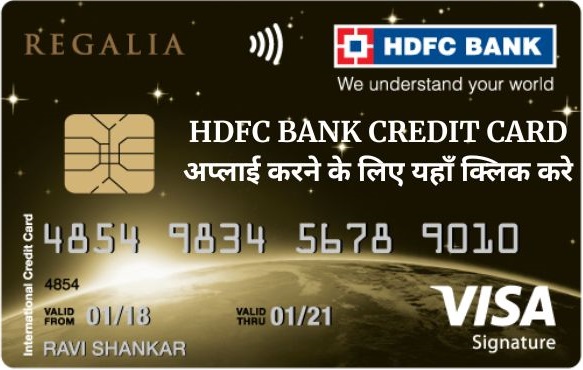What are the differences between secured and unsecured loans in 2024?
When you need financial assistance, loans can be a valuable resource. However, not all loans are created equal.
You’ll encounter two primary categories of loans: secured loans and unsecured loans. Understanding the differences between these two types of loans is essential to make informed financial decisions.
This article will explore the distinctions between secured and unsecured loans, helping you choose the right option for your specific needs.
Secured Loans: Collateral for Confidence
Secured loans are aptly named because they are secured by collateral. Collateral is an asset, typically something of value like a home, car, or savings account, which you provide as a guarantee to the lender.
This collateral serves as safety net for the banks/ lender, reducing non-payment risk. If you fail to repay the loan, than the lender/banks can legally take possession of the collateral to recoup their losses.
Here are some key characteristics of secured loans
Lower Interest Rates: Because secured loans offer lenders greater security, they typically come with lower interest rates than unsecured loans. Lenders/banks are more willing to offer competitive rates because the collateral mitigates their risk.
Higher Loan Amounts: Secured loans often allow you to borrow larger sums since the collateral guarantees the lender. The amount you can borrow depends on the value of the collateral.
Longer Repayment Terms: Secured loans often come up with longer repayment periods, making monthly payments more manageable.
Risk to Collateral: The most significant drawback of secured loans is the risk to your collateral. If you default on the loan, you could lose the asset you used as security.
Common examples of secured loans include the mortgages and auto loans.
Unsecured Loans: No Collateral Required
Unsecured loans, on the other hand, do not require the collateral. Instead, lenders assess your creditworthiness that is based on your credit score, income, and employment history.
Because there’s no collateral involved, these loans are riskier for lenders, which is reflected in their terms.
Here are some key characteristics of unsecured loans
Higher Interest Rates: Unsecured loans generally have higher interest rates (HIR) since lenders take on more risk. Borrowers with an excellent credit scores may qualify for lower rates.
Smaller Loan Amounts: Unsecured loans typically offer smaller loan amounts than secured loans. The lender has no collateral to rely on, so they limit their exposure.
Shorter Repayment Terms: Unsecured loans generally come with shorter repayment periods. Borrowers are expected to repay these loans in a shorter timeframe.
No Collateral Risk: The advantage of unsecured loans is that you don’t risk losing your assets if you can’t repay the loan. The lender cannot seize your property in the event of default.
Common examples of unsecured-loans include personal loans, credit cards, and student loans.
Conclusion
The choice between secured & unsecured loans depends on your financial situation, creditworthiness, and the amount you need to borrow.
Secured loans offer lower interest rates & higher loan amounts but involve the risk of losing collateral.
Unsecured loans, while more accessible for some borrowers, come with the higher interest rates & shorter repayment terms.
Before applying for any loan, assessing your financial capabilities and understanding the terms and conditions is essential.
Carefully consider your needs and ability to repay the loan to choose between secured and unsecured loans for your unique circumstances.
Thank you for visiting Jobs Ada






